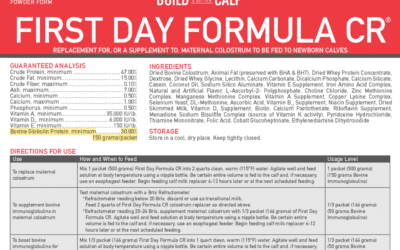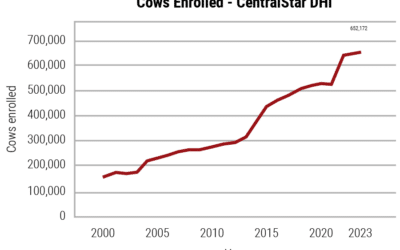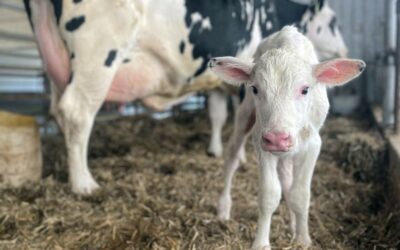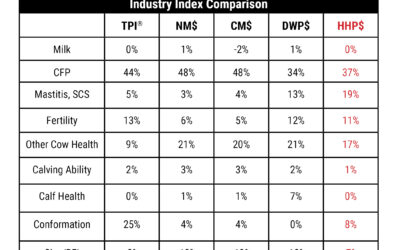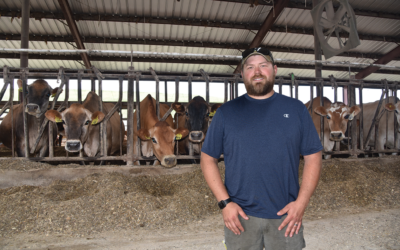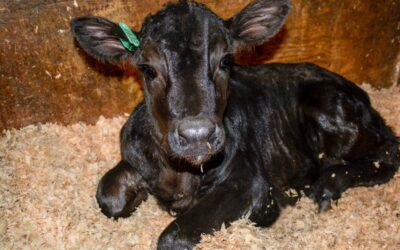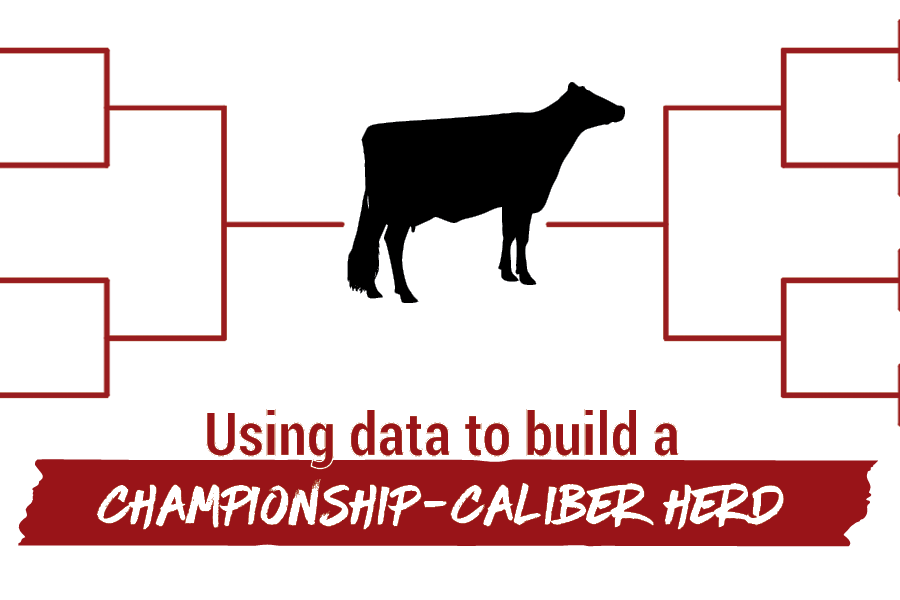
Using data to build a championship-caliber herd
More than 350 division-one schools are vying for an invitation to the NCAA tournament in March, but only 68 will get one. This sets the stage for millions of people to attempt to predict the tournament’s outcome, yet no one in the tournament’s history has ever filled...
Don’t overlook the label
Author: Adam Wood, CentralStar A.I. Specialist When it comes to protecting a newborn calf, every decision matters. That’s why checking the labels of the products you use is essential to ensure they deliver what your calf needs. Recently, during a visit to my local...
CentralStar largest National DHIA in the U.S.
Author: Kevin Haase, CentralStar Cooperative Director of DHI Services We recently discovered some very exciting news about CentralStar Cooperative; we have more cows enrolled and on test than any other National DHIA (NDHIA) organization. Becoming the largest DHI...
3 things to know when choosing a genomic test
Author: Dr. John Cook and Rebekah Mast, World Wide Sires Access to relatively cheap and rapid genomic tests allows herds to individually test cows and heifers and to further enhance genetic gain through accurate identification, ranking females, and selecting the...
Maximize Herd Longevity
A smaller heifer inventory means reduced culling and turnover rates in the milking herd. This gives you the opportunity to milk more mature cows that produce at higher levels. Unfortunately, high-production mature cows come with a higher risk for mastitis and elevated Somatic Cell Count (SCS). So, how do you ensure you are selecting genetics for the right traits and indexes to facilitate healthier, longer-living cows?
The DTX difference at Kessenich Farms
In 2018, Kessenich Farms, LLC, a 600-cow Jersey and Holstein herd in DeForest, Wis. was faced with reproduction issues. Wade Kessenich recalls, "we had a lot of abortions in the third trimester, and we knew it had to be something in the feed. We talked to Steve...
Calf Market Craziness
Hang in there! Low inventory of native cattle (driven by drought and high input costs) and high beef demand have calf prices running red-hot right now. Sometimes, local markets can temporarily outcompete supply-chain prices simply based on transport cost. This won’t last forever, so here are some tips for how to sustain prices as long as possible.

